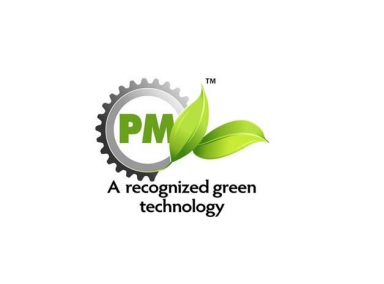
The Sustainability Role of Powder Metallurgy For many years, powder metallurgy has been delivering sustainable value as an industry. We have just not defined ourselves or compared our products and processes to competing metal-forming process alternatives in those terms. The balance of this discussion will compare and contrast PM’s sustainable value with other metal forming processes.
Addressing manufacturing processes, PM’s sustainable value is primarily derived from its net-shape capabilities and its very high material-utilization factor, which minimizes all energy inputs. In general, any metal component can be manufactured by any of several manufacturing technologies. A simple gear can be produced by machining a cylindrical piece of solid bar stock, forging a steel blank in forging dies, in some cases stamping it from sheet or roll stock, possibly casting it and machining features, or in the case of PM compacting powder in tooling dies that result in the product’s final shape. The trick to evaluating the sustainability of a product’s manufacture will be found in comparing the process steps, resources, and economic costs that go into the manufacture of that product.
Product Advantages Affecting Sustainable Value
PM components can in many cases be “tailored” to an application.
The metallurgical chemistry of a PM component is nearly infinitely variable and, since the alloys can be uniquely established for a particular application, the physical, chemical, mechanical, and in some cases magnetic properties can be adjusted to maximize the product’s performance in an application/system. In addition, materials/alloys can be produced in a functionally gradient fashion to provide additional flexibility in an application. The properties can be chosen to make best use of the alloying or elemental properties of a specific metal—properties such as wear resistance, corrosion resistance, strength, or resistance to high temperature. There are many high-temperature alloys and materials that cannot be produced in any way other than by the PM processing technique. An example of this is some of the Hastalloy® METAL POWDER INDUSTRIES FEDERATION series of high-temperature materials that have enabled significant increases in the operating temperature of jet aircraft engines, permitting better fuel economy or better performance per pound, thus reducing life-cycle impact of the product in which the PM component is used.
From Metal Powder Industries Federation


